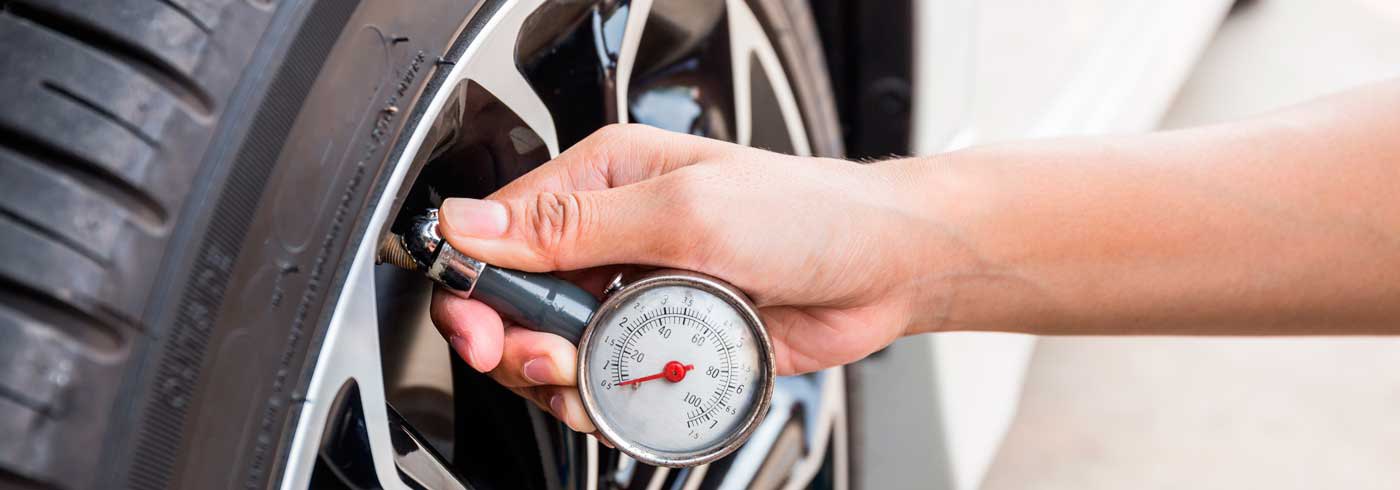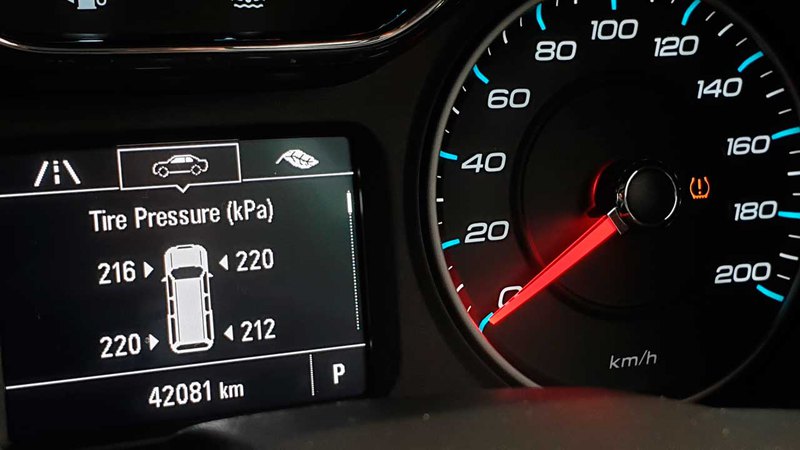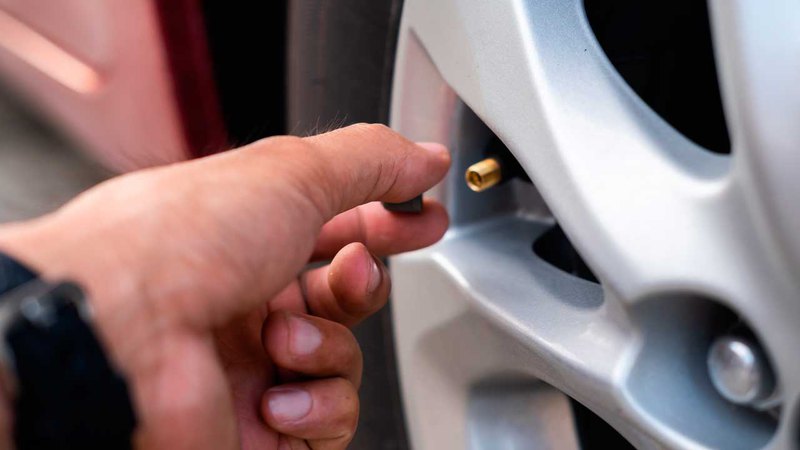
What Should My Tire Pressure Be? Everything You Need to Know
Use a tire pressure gauge to determine your car’s pressure
Richard Hammond wasn't wrong when he said, "The easiest and simplest thing anyone can do to make their car safer, more gas efficient, whatever – check the tire pressure." With this quote in mind, you might wonder, "well, what PSI should my tires be?" Car manufacturers always state the recommended tire PSI on the car's manual. However, if you can't find the recommended PSI, we are here to help. We can provide your car with a quality tire service to ensure your driving is as safe as possible.
What is the Recommended Tire Pressure on Cars for Maximum Safety?
The ideal tire pressure for most passenger cars during the cold season is 32-35 PSI in the tires. It is important to check tire PSI when cold because the friction generated where your car meets the road produces heat.
What should my tire pressure be?
If you have a newer car, the tire's recommended PSI is listed on a sticker placed on the driver’s side door frame.
Signs You Need to Adjust Your Tire Pressure
Worse Handling
Most drivers make the mistake of overinflating to max tire pressure because they use the pressure listed on the tire’s sidewall. This PSI unit is the maximum pressure the tire can handle.
Overly inflated tires cause poor impact absorption because the tire’s contact area with the ground is reduced.
Cracks On Tire
Cracked tires can affect normal PSI for tires depending on the severity of the cracked wheel. Severely cracked should be replaced for a safer drive.
These cracks slowly move from the sidewall to where the tires meet the ground, causing a drop in normal tire pressure for car wheel.
Vibrating Steering Wheel
Whether on smooth or rough terrain, a vibrating steering wheel is a good sign of low tire pressure. This problem can also result from blowouts, abnormal tire wear, unbalanced wheels, etc. When the steering wheel vibrates, most people often assume other issues instead of asking, "what tire pressure should I have?”
How to Check and Properly Measure the Tire Pressure on Your Car
Always check the TPMS (Tire Pressure Monitoring System) for a good idea of your tire's condition.

Check Tires Temperature
The tire temperature should not be below 1950F and above 2500F for maximum structural strength. Always check tire temperature when the tires are cold.
Check Gauge
To check if you have good pressure, pick up an analog or digital gauge and press the gauge under the valve stem. Checking the gauge helps determine the average PSI for car tires.
Compare all gauges
Compare the tire pressure reading on the gauge and the manufacturer’s recommended pressure. Always remember to take multiple gauge readings.
Fill tires to recommended PSI
The gauge will show the pressure there is, and you can adjust accordingly depending on how much air should be in a tire.
You also need to know the answer to the question "what should my tire pressure be when it’s hot and when it’s cold?” because the difference in weather temperature significantly impacts tires.
What Should My Car Tire Pressure Be in Summer? Effect of Heat on Tires
You should slightly decrease your tire pressure during hot weather because heat will temporarily increase the air pressure in your tire. Remember, matter expands when heated. Tires gain 1-2 PSI per every 10degrees increase.
What Should My Tire Pressure Be in Winter? Cold Temperatures
You should typically increase the pressure in the tires when during cold weather. Driving on snow will cause the pressure to reduce, and so you have to compensate for this air.
What Tire Pressure is Good? How Tire Pressure Affects Driving
For the best driving performance all season, always check whether the tire pressure is in line with the manufacturer’s recommendation or 32-35 PSI.
Grip
An under-inflated tire will cause less surface grip, making handling harder when trying to get around.
Tire Wear
In comparison to under inflation, over inflation will reduce the contact patch, leading to increased wear and tear. Always make sure you know what is the average tire pressure for your car.
Fuel Economy
Under-inflated tires cause more friction and wear and tear, significantly affecting gas mileage. Sometimes learning what is the correct tire pressure for your car can save you money at the gas station.

What Should My Tire Pressure Be in Cold Weather? Ask a Professional
Creamery Tire can help you determine what is a good tire pressure and what isn't for your car. We have over 30 years of experience providing exceptional tire service for local residents.
We service the following locations in Pennsylvania:
- Collegeville
- Chalfont
- Norristown
- Phoenixville
- Trappe
- Doylestown
- Kimberton
Take the pressure off by giving us a call today!
